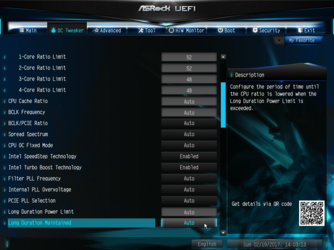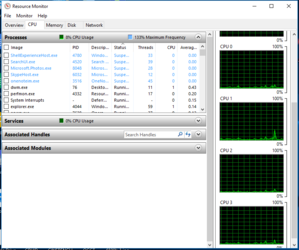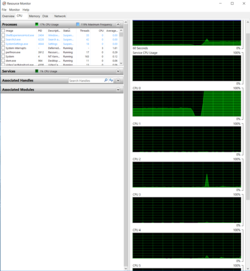hi guys im new here and i need your opinions about this OC settings for my i7 4790k for 24/7 in relation to cache voltage(vring), I'm worried that this is too high, cause from what I read, cache voltage should not be beyond 1.15v for 24/7 use.
Stable 4.6 ghz settings:
Multiplier ratio= 46
Min/max cache ratio=45
Vcore= 1.225
Cpu cache= 1.290 (this is my biggest concern) to high?
Vccsa= 0.824
Vccio Analog and Digital= Auto (Hwinfo64 show me 1.016v)
Vccin=1.808v
Stable 4.6 ghz settings:
Multiplier ratio= 46
Min/max cache ratio=45
Vcore= 1.225
Cpu cache= 1.290 (this is my biggest concern) to high?
Vccsa= 0.824
Vccio Analog and Digital= Auto (Hwinfo64 show me 1.016v)
Vccin=1.808v


